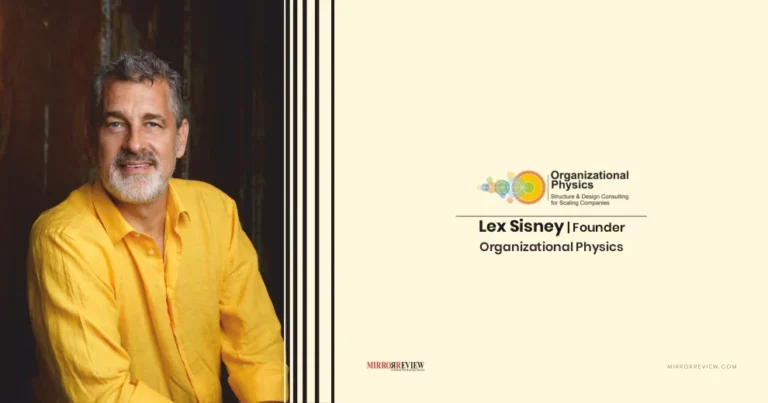
Understanding Lifecycle Strategy Free and Useful Resources
Do the Right Thing for the Stage Part III of my book, Organizational Physics, is all about lifecycle strategy—how to get it right and why it matters. I’d go so far as to say that if your business strategy isn’t stage-appropriate,








